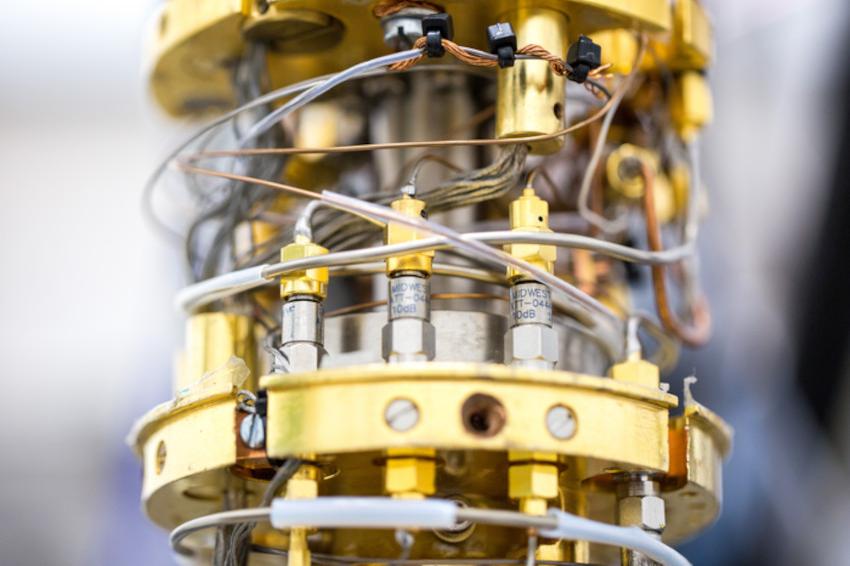Seeing objects without looking at them
06.02.2023 - A new and very effective way to carry out interaction-free experiments.
We see the world around us because light is being absorbed by specialized cells in our retina. But can vision happen without any absorption at all – without even a single particle of light? Surprisingly, the answer is yes. Anton Zeilinger, one of the winners of the 2022 Nobel Prize in Physics, was the first to experimentally implement the idea of an interaction-free experiment using optics. Now, in a study exploring the connection between the quantum and classical worlds, Shruti Dogra, John J. McCord, and Gheorghe Sorin Paraoanu of Aalto University have discovered a new and much more effective way to carry out interaction-free experiments. The team used transmon devices –superconducting circuits that are relatively large but still show quantum behaviour– to detect the presence of microwave pulses generated by classical instruments.
Although Dogra and Paraoanu were fascinated by the work done by Zeilinger’s research group, their lab is centred around microwaves and superconductors instead of lasers and mirrors. “We had to adapt the concept to the different experimental tools available for superconducting devices. Because of that, we also had to change the standard interaction-free protocol in a crucial way: we added another layer of quantumness by using a higher energy level of the transmon. Then, we used the quantum coherence of the resulting three-level system as a resource,” Paraoanu says. Quantum coherence refers to the possibility that an object can occupy two different states at the same time – something that quantum physics allows for. However, quantum coherence is delicate and easily collapses, so it wasn’t immediately obvious that the new protocol would work.
To the team’s pleasant surprise, the first runs of the experiment showed a marked increase in detection efficiency. They went back to the drawing board several times, ran theoretical models confirming their results, and double-checked everything. The effect was definitely there. “We also demonstrated that even very low-power microwave pulses can be detected efficiently using our protocol,” says Dogra. The experiment also showed a new way in which quantum devices can achieve results that are impossible for classical devices, a quantum advantage. Researchers generally believe that achieving quantum advantage will require quantum computers with many qubits, but this experiment demonstrated genuine quantum advantage using a relatively simpler setup.
Interaction-free measurements based on the less effective older methodology have already found applications in specialized processes such as optical imaging, noise-detection, and cryptographic key distribution. The new and improved method could increase the efficiency of these processes dramatically. “In quantum computing, our method could be applied for diagnosing microwave-photon states in certain memory elements. This can be regarded as a highly efficient way of extracting information without disturbing the functioning of the quantum processor,” Paraoanu says.
The group led by Paraoanu is also exploring other exotic forms of information processing using their new approach, such as counterfactual communication – communication between two parties without any physical particles being transferred – and counterfactual quantum computing, where the result of a computation is obtained without in fact running the computer. (Source: Aalto U.)
Link: QTF Centre of Excellence, Dept. of Applied Physics, Aalto University, Aalto, Finland







